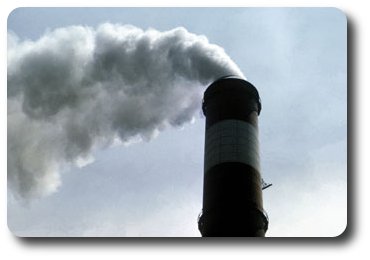 Face it, we need more energy than we produce. And by we I mean the whole world.
Face it, we need more energy than we produce. And by we I mean the whole world.
But some power plants need to be shut down.
Don Hopey of the Pittsburgh Post-Gazette has written this article on coal ash. And as bad as this is, it gets even worse. Coal ash is high in toxic chemicals. But what is even higher in toxicity is coal ash from something called culm or gob. Culm is the remains from a coal mining operation. The big vein is taken out that has a high coal content, and around these veins are rocks that are also pulled out of the ground and dumped in big piles. These rocks and dirt are not very amenable to growing plants (except for beach grass which can be used as an entry plant to create some organic material for other plants to then thrive on).
The original answer for remediation (fixing the problem) by the energy infrastructure who has only one tool in its toolbox, was “Burn!” There are culm-fired electric power plants in Pennsylvania. There are at least three problems with these: higher CO2 production per MegaWattHour of electricity generated, ash with higher toxicity, and more ash than regular coal-fired plants.
The Mt. Carmel Cogeneration plant in Mt.Carmel, Pennsylvania generated 320,160 MWh in 2005, but also generated 556,712 tons of c02. That means that for every MWh of electricity generated, the Mt. Carmel plant spews out almost 1.75 tons of c02. Most plants generate at least a ton less c02 per MWh than the Mt.Carmel plant. So am I saying that about 750,000 homes should go without power? No. But there has to be a better way.
Culm is basically free. But what is not free is the damage it does to the environment and to people’s health.






Doesn’t fly ash get put into concrete, then buildings are torn down, eventually putting the ash into landfills, where itt rains and drains, and seeps to who knows where?
Some fly ash does get into concrete; however, there is so much ash with culm that that is not possible to use all of it.
Yor contentions fly in the face of all of the research on the toxicity of flyash.
the Cd, Hg, Pb, Se, and other trace elements are bound up in insoluble form. The major soluble element is sulfur.
Get a grip quit the Junk Science lies!
Read the research!
Henry,
What a delightfully nice man you seem to be. Thanks for being a kind voice of reason on the site.